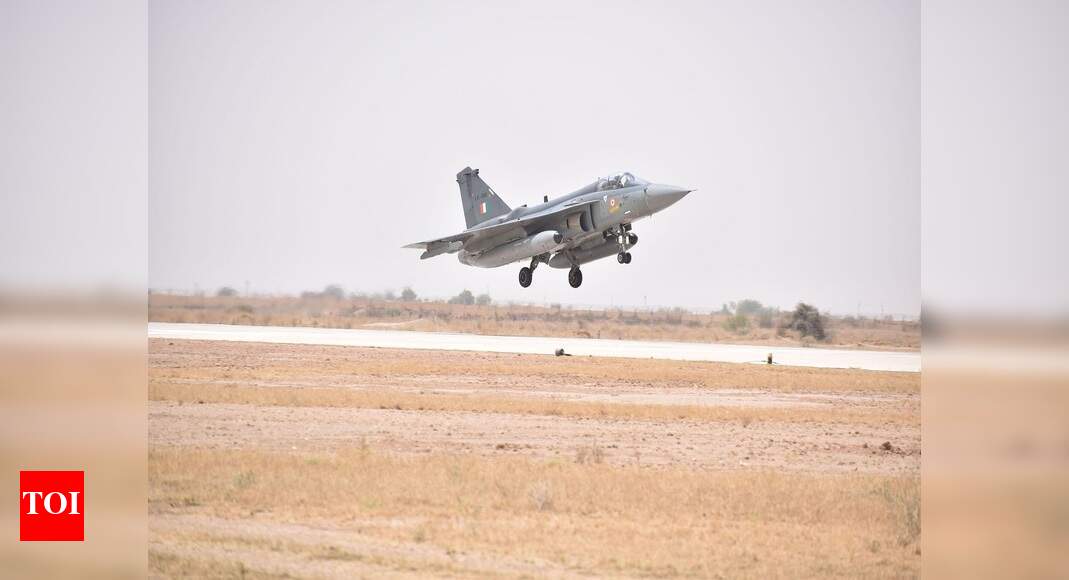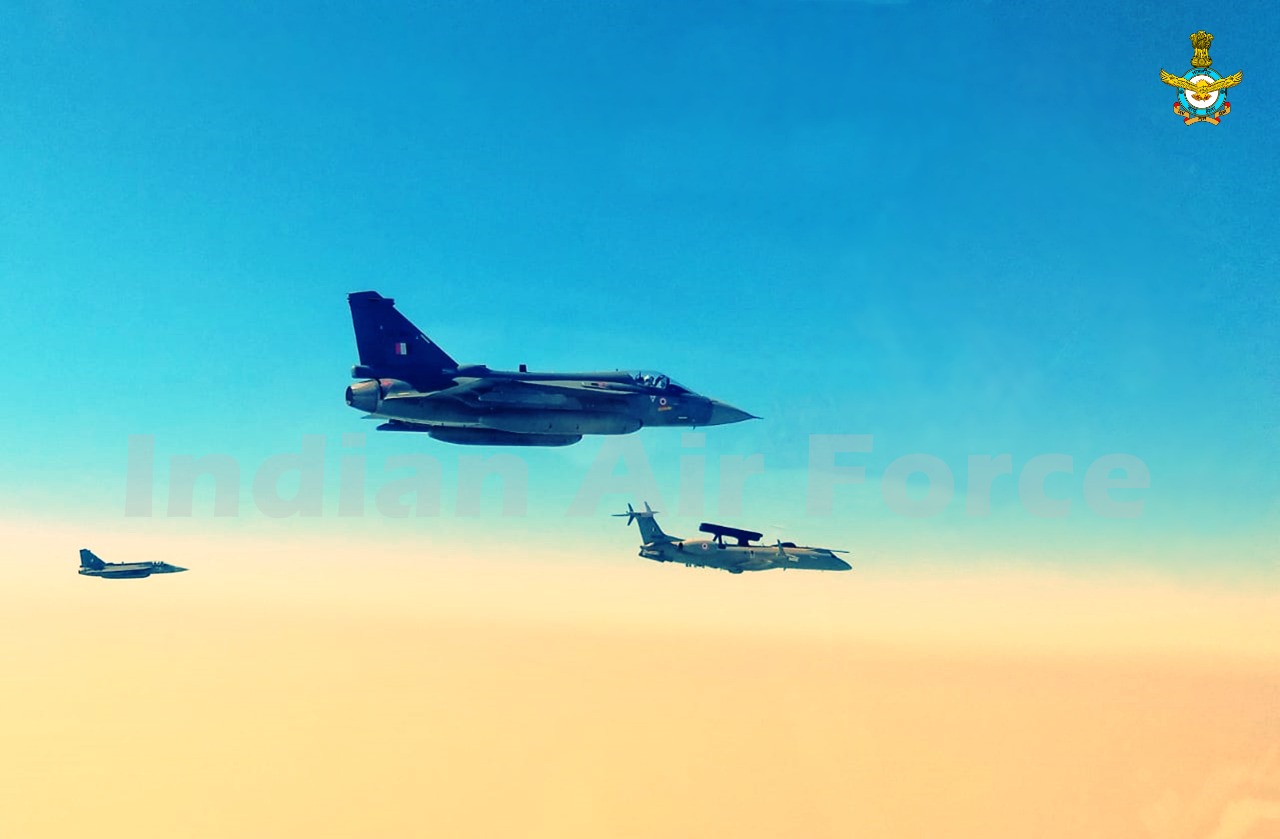I think its the best available option, with China as prime adversary we need some non-Russian equip[ment and France is the most reliable west country for India
Plus they actually mean what they say when it come to offsets:
French Navy to receive new eyes in the sky from Dassault
The French Ministry of the Armed Forces has ordered from Dassault Aviation seven maritime surveillance and intervention planes for the French Navy, with an option for five others to be confirmed in 2025. The order, valued at €1.3 billion, will be a breath of fresh air for the French manufacturer...
 defencehub.live
defencehub.live
The manufacture of the Falcon 2000LXS aircraft in India will mark a major gain for the Indian offsets and Make-in-India policy. This will the first time an international company will manufacture the whole aircraft in India for use by the air force of its home country. Eric Trappier also said that a number of countries have shown interest in the Falcon 2000LXS based AVSIMAR aircraft. Should the AVSIMAR be sold internationally, there is a good chance that India's Reliance (which is partnering with Dassault on Rafale offsets) will stand to gain substantially.
========================
If you ask me personally (though I am francophile so TIFWIW), they are in sweetspot (neither too big, neither too small...but very well versed and credible and with minimal political BS) for India to cooperate further in aerospace and high tech sectors in general....to establish production and supply chains from the intial offset clauses and acquisitions (though India will need to negotiate well, grow its economy better and leverage that all better).
Safran for example can provide a good cooperation to GTRE etc (which later can translate to realisationg of established production into private sector), if you know their R&D heritage for example (if you look at the downstream application in commercial sector especially now)....but it need Indian acumen (esp in front obstacle bureaucracy and funding) to really harness that potential....compared to before.













